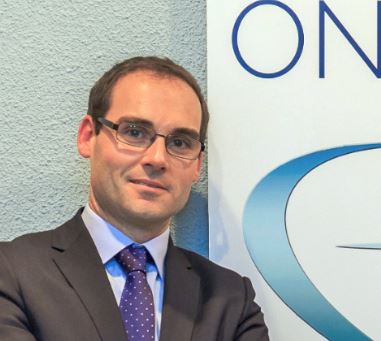Around the world the number of exhibitions and conferences dedicated to remotely piloted aircraft systems (RPAS) is on the rise. But two events, less well publicized than many others, in particular have proved very important for the industry in Spain: the Global Robot Expo and the symposium on RPAS Regulations in Spain organized by the Iberoamerican Aeronautic Law, Space and Commercial Aviation Institute.
The agendas of these events have focused on RPAS industry evolution. They have helped to define the future of the RPAS industry, how airspace will be segregated and how the operations will take place under the new regulations.
The most relevant players in the RPAS industry in Spain – the Spanish Air Safety Agency (Agencia Estatal de Seguridad Aérea), the Spanish Civil Aviation Authorities (Dirección General de Aviación Civil), ENAIRE, Airbus, Boeing and the Spanish Air Force – have already sketched out the future of civil and military RPAS use in the short time term and how future European Law will affect them.
The most important highlights of the RPAS Regulation in Spain event were: the future RPAS integration in controlled airspace and the U-Space concept (ENAIRE provided a detailed vision), the use of RPAS by National Police services, different kind of RPAS operations employed by the Spanish Air Forces and the measures required to combat non-cooperative RPAS.
U-Space will provide an automated system – or, at least, a system with minimum human intervention – to enable services to RPAS operators and air navigation service providers.
The Spanish contribution to U-Space development in Spain is the architecture and its scalability. Both UTM and air traffic management (ATM) systems for manned aircraft will have to be connected; the Spanish U-Space concept will be highly automated and will require a “main manager” linked to UTM service providers, privileged users (mainly governmental RPAS operators) and an interface with the ATM system. Any certified provider must be able to provide a simple connection between RPAS operators, to interact among them. The connection to other systems, such as the Automated Air Traffic Control System (SATCA) and Aeronautical Information Publication (AIP), will provide cost savings as this data will be uploaded independently and in real time.
The Global Robot Expo agenda reserved one day exclusively for RPAS, with discussions around the concept of Smart Cities, where robots and RPAS will have a very important role to play.
In particular the event discussed RPAS operations in relation to emergency services, security and surveillance operations. Experts agreed that these kind of services needed to be provided by specific RPAS, designed to achieve these purposes and that commercial RPAS were not suitable for these roles. The legal framework should also be modified to allow for these special operations; at the moment the Spanish General Division of Traffic, for example, was exempted from compliance with national rules while fire-fighters were not.
David Martinez Pereo is Chief Operating Officer of www.onairdrones.com




